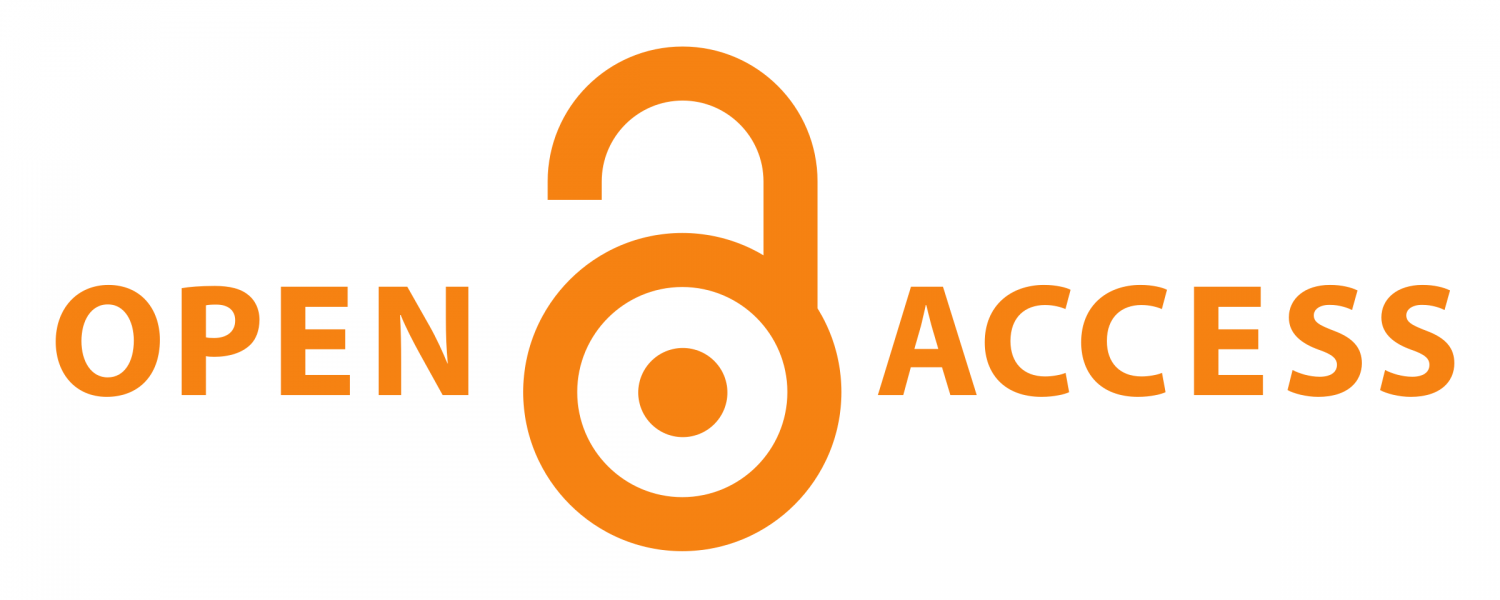The Demand for Chinese + Talent Training: A Case Study of Chinese Language Program at Universitas Sebelas Maret
DOI:
https://doi.org/10.20961/mandarinable.v3i2.1759Keywords:
Demand, Chinese , Talent Training, Indonesian Students, Universitas Sebelas MaretAbstract
The Belt and Road Initiative has brought chances for International Chinese Language Education in the new era and has had a positive impact on the progress of Chinese language education in countries along the route, increasing the demand for “Chinese +” talent training in various fields, such as industry, trade and economy. Due to the different economic and industrial structures and development levels of various countries, the status and degree of dissemination of Chinese also vary, and the demand for “Chinese +” talents in various countries has national characteristics. Therefore, in addition to fully considering the teaching needs and market demand factors, we must also broaden the needs of Indonesian students and cultivate diversified “Chinese +” talents. From the angle of Indonesian students, what are the needs for “Chinese +” talent training in order to address the lack of translation skills in the industrial, trade and business sectors? The article uses questionnaires and interviews to investigate the personal information of Indonesian students, market demand in Indonesia, Chinese teaching conditions, and professional Chinese proficiency requirements, and proposes a talent training model for Indonesian students, aiming to provide a reference for promoting International Chinese Language Education in the Belt and Road Initiative.
References
Dong, Y. (2024). Cross-border Language Education: A Perspective from the Belt and Road Initiative. Proceedings of the 5th International Conference on Language, Art and Cultural Exchange (ICLACE 2024), 342-349.
Li, H. (2023). SWOT Analysis of International Talent Training at Local Colleges and Universities in Guangxi in the Context of the Belt and Road Initiative. Educational Administration: Theory and Practice, 29(4).
Leung, Ho Hon and Lau, Raymond. (2021). The potential of cultural exchange under the belt road initiative: A case study of Hong Kong style Café (Cha Chaan Teng). Asian Journal of Social Science Vol. 49, No. 4, 207.
Vincensius, D. (2023). Comparative Analysis of The Development of Chinese Language Teaching in Indonesia and Malaysia——Focusing on Bereday’s Four Step Method of Comparative Education Research. MANDARINABLE: Journal of Chinese Studies, 3(1), 34-41.
Zhypar, S. (2024). Research on The Current Situation of Chinese Language Teaching in Kyrgyzstan. MANDARINABLE: Journal of Chinese Studies, 3(1), 42-51.
曹雪丰. (2019). 高职建筑类英语“独立自主学习”模式的创新与应用. 职教通讯.
翟小娜,董郁倩,丁建辉. (2016). 基于高素质应用人才培养需求下的高校跨文化人才培养研究——构建跨文化交际理论下的综合课程体系. 科技展望.
顾莹雪. (2023). 基于“一带一路”探索中华饮食文化在国际中文教育中的融入与传播——评《饮食文化十三讲》. 食品安全质量检测学报.
贺煦友,俞玮奇. (2023). 基于大数据的东南亚地区“中文+”人才的社会需求分析[J]. 国际汉语教学研究.
黄朝阳. (2023). 职业教育视角下“中文+物流管理”人才培养模式探究. 中国物流与采购.
黄长彬. (2023). 尼日利亚中资公司“中文+”市场需求调查研究. 语言战略研究.
柯飞. (2021). “一带一路”跨文化交流人才培养的几点思考. 浙江海洋大学学报(人文科学版).
蔻振锋. (2024). 习近平文化思想视域下国际中文教育专业课程设置探析. 高教学刊.
李晓玫,刘杨. (2023). “一带一路”背景下东南亚国家中文教育需求调查. 中阿科技论坛(中英文).
刘容江. (2024). 新时代文化传播与国际中文教育关系探析——评《文化传播进程中的来华印尼学生教育研究》. 中国教育学刊.
刘振平,吕明璋. (2023). “一带一路”背景下东盟“中文+铁路”人才培养的 应为、难为与可为. 北部湾大学学报.
苗绿,曲梅. (2022). 印尼学生来回留学与发展. 北京:中国社会科学出版社.
于淼. (2022). 文化传播进程中的来华印尼学生教育研究. 北京:旅游教育出版社.
张琪. (2023). “一带一路”背景下的“中文+ 职业技能”国际中文教育专业人才培养. 汉字文化.
周艳芳. (2017). “一带一路”战略下“以需求为导向”的汉语国际教育专业人才培养问题探索. 太原城市职业技术学院学报.
Downloads
Published
Issue
Section
License
Copyright (c) 2024 Stephanie Phanata

This work is licensed under a Creative Commons Attribution 4.0 International License.
This is an open-access journal in accordance with the Creative Commons Attribution 4.0 International (CC BY 4.0) license. This permits users to:
Share — copy and redistribute the material in any medium or format
Adapt — remix, transform, and build upon the material
for any purpose, even commercially.
Under the following terms:
Attribution — You must give appropriate credit, provide a link to the license, and indicate if changes were made. You may do so in any reasonable manner, but not in any way that suggests the licensor endorses you or your use.
No additional restrictions — You may not apply legal terms or technological measures that legally restrict others from doing anything the license permits.












